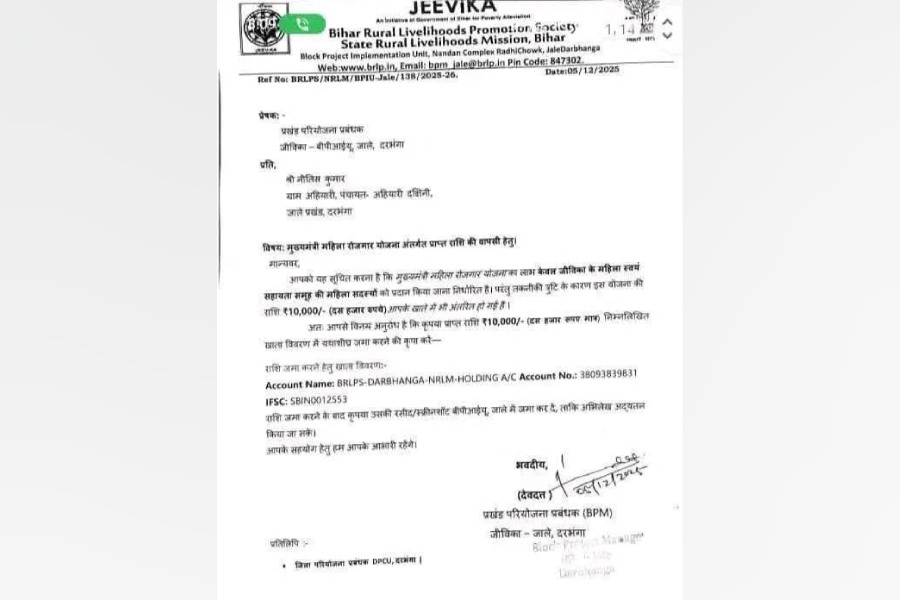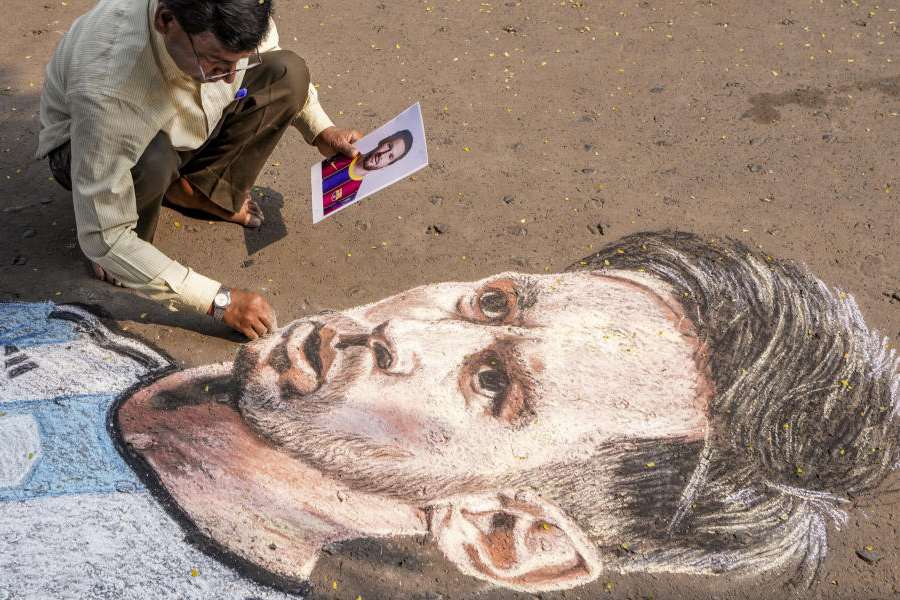Injuries occur unexpectedly all the time. You may walk into a door, slip and fall or be thrown against the dashboard as a vehicle brakes suddenly.
Any blunt trauma (as differentiated from a sharp injury that may cause bleeding) to the muscles and bones immediately causes an inflammatory reaction. The area becomes red, swollen and painful. The appearance may mimic an acute infection but differentiated from it by the history of trauma and the absence of fever.
The injury may be a contusion, the result of trauma to the belly of the muscle, tendon or bony prominence. Blood coagulates in the affected area forming a discoloured bruise. Untreated, this can eventually form scar tissue.
Sprains and strains occur in areas where a ligament is attached to the bone, such as the back, knee, ankle or elbow. The injury is mild when there is only over stretching and a few microtears. If there is a partial tear, the joint may become loose and unstable.
Emergency first aid must be given for traumatic inflammation even before obtaining a medical opinion. Ignored and delayed, (while awaiting a medical consultation), it can lead to stiffness, pain and loss of normal function. As soon as possible the RICE principle should be followed.
R is for rest. The part should immediately be placed at rest. This means minimal weight bearing till the pain subsides. Usually 2-3 days are sufficient.
 |
I is for ice. Ice should be placed in a plastic bag and applied to the affected area. It should be left on for 20 minutes at a time every hour for the first hour and then continued three times a day for 3-4 days until total relief is obtained. Faster and greater pain relief may be obtained if the ice is actively massaged on the swollen area. Ice reduces the swelling, numbs the pain, decreases muscle spasm and helps accumulated blood to renter circulation.
C is for compression. Swollen areas can be compressed with an elastocrepe bandage. This should initially be applied by trained personnel. Faulty and tight application can cut off blood supply to the affected limb. Once the technique is learnt, bandaging can be done at home.
E stands for elevation, a neglected step. Swelling reduces rapidly if the injured part is placed above the level of the heart.
Blunt injury causes pain. This can be relieved by medication like paracetmenol, brufen and diclofenac and other Nsaids (non-steroidal anti inflammatory agents). These are commonly available over the counter (OTC) either as single agents or combination tablets. They relieve pain but cause side effects. There may be nausea, vomiting or symptoms of heartburn. A pre-existing ulcer may be aggravated. Long term use and overdosage are dangerous. Some like diclofenac has been associated with kidney damage. If there is no improvement after 2-3 days, see a doctor.
If there is no serious injury, after the swelling has subsided reconditioning of the injured area has to be done. This will help to regain flexibility, endurance and power. Joints and muscles can be strengthened with targeted exercise. Flexibility is equally important. A weak or relatively immobile joint is prone to re-injuries with much less trauma. The joint may also become unstable and weak. Physiotherapy is important to tackle all this.
Even without an injury, there may be a sudden cramp in the muscle. This occurs when muscles are overused in hot and humid conditions. It can also occur due to calcium deficiency. The muscles contract and the limb gets painfully fixed.
The muscle needs to be stretched to relieve the pain. This can be done in the calf by keeping the leg straight and pushing the foot (not the leg) towards the head. In the thigh the knee should be bent with the foot touching the buttocks. Water, lightly salted limejuice, buttermilk or tender coconut water should be given.
A fall or accident may also lead to broken bones. If the bones are already weak as a result of osteoporosis or repeated stress, even a slight injury is enough to result in a fracture. There is severe pain, inability to bear weight on the bone and a localised tender area. Fractures are diagnosed using X-rays and should be treated by an orthopaedic surgeon. Either POP (plaster of Paris) casts are applied or surgery needs to be done. Bones do not heal with medication alone. Neither is it advisable to go to unqualified “bone healers” as they immobilise the bone using cloth and a poultice. Since the treatment is not based on X-rays, it may not be wise to pursue this line of treatment.
Dr Gita Mathai is a paediatrician with a family practice at Vellore. Questions on health issues may be emailed to her at yourhealthgm@yahoo.co.in










